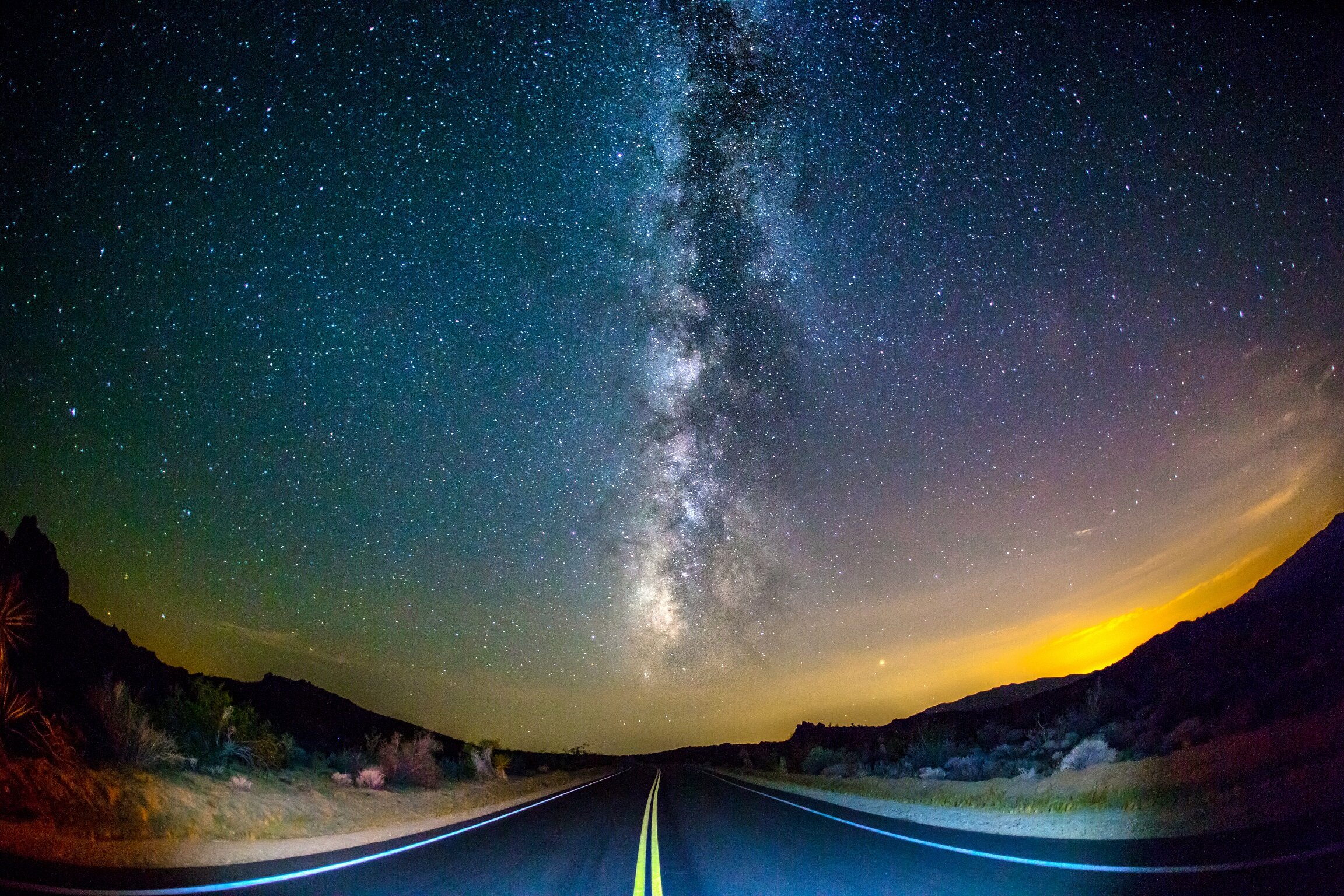When talking about the most interesting place in our solar system outside of earth, Europa usually comes op very quickly. Over the years there have been many attempts to create a mission to this mysterious moon. These attempts have always been struck down... Until now.
From Neptune’s blue hue to Jupiter’s red spot: are the colours of the planets real?
From dark gravity to phantom energy: what’s driving the expansion of the universe?
Explainer: what is the Great Attractor and its pull on our galaxy?
Around four decades ago, astronomers became aware that our galaxy, the Milky Way, was moving through space at a much faster rate than expected. At 2.2-million kilometres an hour, the speed of the Milky Way through the Cosmos is 2,500 times faster than a cruising airliner; 55 times more than the escape velocity from Earth; and a factor of two greater than even the galaxy’s own escape velocity! But where this motion comes from is a mystery.
Asteroids most likely delivered water to the moon – here’s how we cracked it
One of the moon’s greatest mysteries has long been whether it has any water. During the Apollo era in 1960s and 70s, scientists were convinced it was dry and dusty – estimating there was less than one part in a billion water. However, over the last decade, analyses of lunar samples have revealed that there is a considerable amount of water inside the moon – up to several hundred parts per million – and that it’s been there since the satellite was very young.
How to tell the world you’ve discovered an alien civilization
Solar storms could solve longstanding paradox of how life on Earth arose
It was only a matter of 700m years or so after Earth formed and its surface cooled and solidified that life began to flourish on Earth. All studies suggest that life requires water – and we know from rocks on Earth that the climate in this distant past was sufficiently warm for liquid water to be present. But therein lies a mystery.
What a tiny micrometeorite from the Pilbara can tell us about the ancient sky
Explainer: what is microgravity?
It’s easy to assume that astronauts float in space because they are far away from the Earth’s gravitational force. But look at the moon. It is much further away than the International Space Station, yet it orbits around the Earth because it is perpetually attracted by its gravitational pull. So if the Earth’s gravity can affect the moon, the astronauts cannot be floating because there is no gravity where they are.
All of humanity should share in the space mining boom
How could we build an invisibility cloak to hide Earth from an alien civilization?
Is Alpha Centauri the right place to search for life elsewhere?
How ancient Aboriginal star maps have shaped Australia’s highway network
How exploring Mars could help us fight climate change on Earth
The surface of Mars is a cold desert. Scars in the landscape point to a history of flowing rivers, standing lakes and possibly even planetary oceans. Yet the current Martian atmosphere has a density that’s around 0.6% of Earth’s, making it far too thin to support liquid water – or life – on the barren surface.
Saturn’s moons may be younger than the dinosaurs – so could life really exist there?
The five greatest balls of fire over Earth
We live on a moving target in a cosmic firing range. Each day, the Earth is bombarded by about a hundred tonnes of space debris. It may sound alarming, but this is really nothing to worry about. Most of the objects that fall towards our planet are pretty small – typically about the size of a grain of sand or even smaller – and burn up in the upper atmosphere tens of kilometres above the ground.
Here’s how we could build a colony on an alien world
We should work together in the race to mine the solar system
What would happen if Earth fell into a black hole?
Black holes have long been a source of much excitement and intrigue. And interest regarding black holes will surely grow now that gravitational waves have been discovered. Many of the questions I am asked regard how “true” science fiction concerning black holes might be, and whether worm holes, such as those featured in Stargate, are real or not. Invariably though, the one item that is almost assured to come up are the largely gruesome ways in which black holes might theoretically affect human beings and the Earth itself.
The forgotten moon landing that paved the way for today’s space adventures
Crashing into a planet is seldom a good idea. If you’re trying to travel to another world, you’re likely to land at tens of kilometres per second unless you do something serious to slow down. When Neil Armstrong famously became the first man on the moon in 1969, he piloted a lunar module onto the surface using thrusters that slowed the craft’s descent.
















